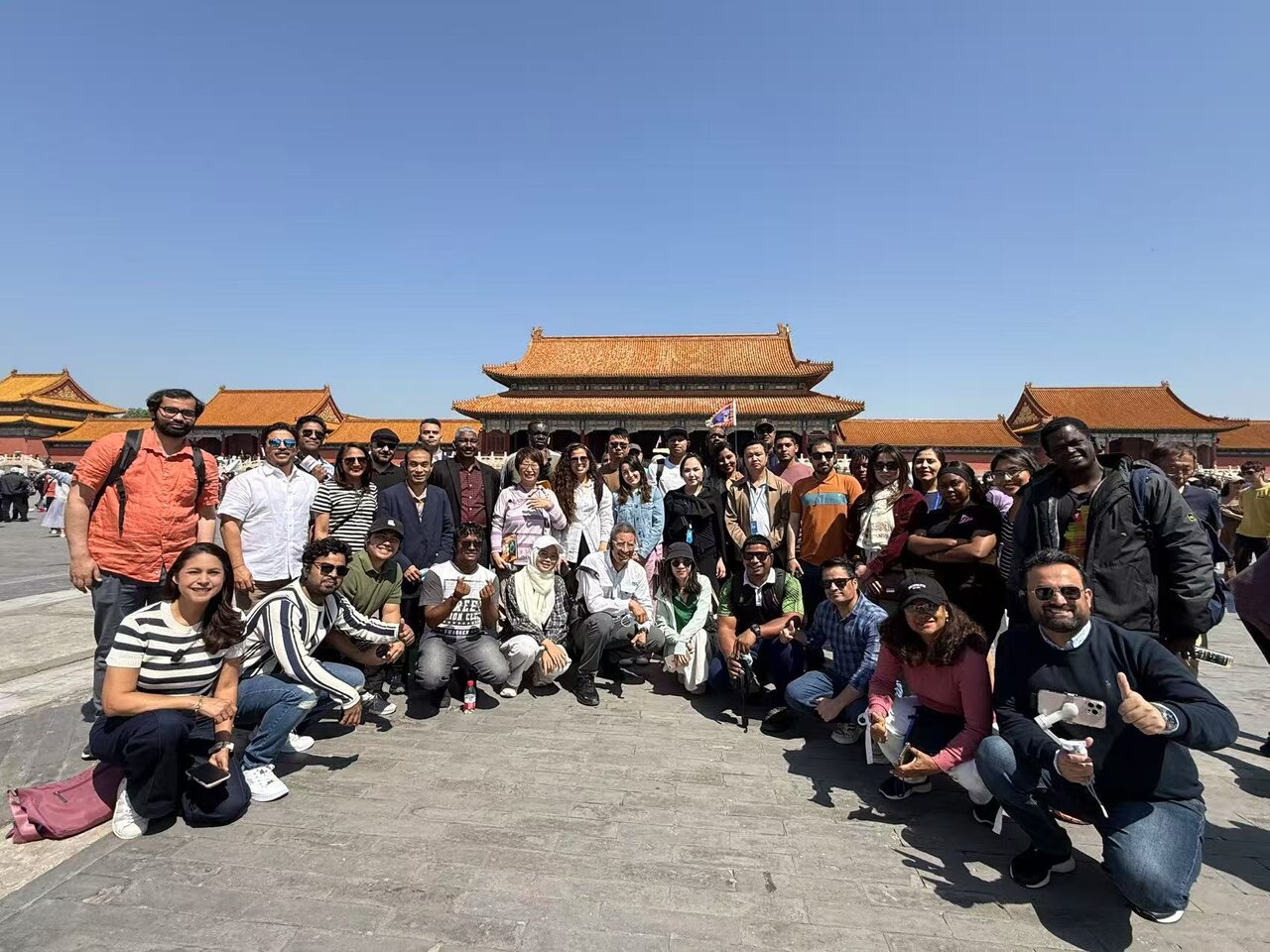Forbidden City: A symbol of China's enduring cultural heritage

BEIJING - Under a cerulean Beijing sky, dozens of international journalists, including myself, visited the Forbidden City— a UNESCO world heritage site and China’s crown jewel of imperial history.
This sprawling palace complex, now the Palace Museum, has captivated the world for six centuries. Our visit, organized by the China International Press Communication Center (CIPCC), revealed not only its architectural splendor but also its role as a bridge between past and present, East and West.
As I wandered the palace grounds, the juxtaposition of ancient architecture against Beijing’s skyline—a forest of glass and steel—epitomized China’s dynamic balance between tradition and progress. The Forbidden City is no relic; it is a living testament to cultural resilience.
The elaborate carvings, vivid hues, and symbolic designs throughout the Forbidden City reflect the significance of symbolism in ancient Chinese culture. Mythical creatures such as dragons and phoenixes embellish the palace's walls and roofs, embodying themes of power, prosperity, and good fortune. These elements serve not only an aesthetic purpose but also fulfill practical functions within the architecture. The careful attention to detail in every facet of the design exemplifies the Chinese commitment to harmony and balance.
During our visit to the Forbidden City, I observed visitors from various nations who were profoundly awed by the grandeur of this historic site.
The Forbidden City is more than a monument; it is a dialogue across centuries. For visitors, it offers a visceral connection to China’s imperial zenith. For the world, it stands as a beacon of heritage preservation and cross-cultural exchange.
The Forbidden City was constructed during the Ming Dynasty in the early 15th century and served as the imperial palace for over 500 years housing 24 emperors of the Ming and Qing Dynasties. Its construction took 14 years (1406-1420) to complete. The palace complex covers an area of 720,000 square meters, with construction area of 150,000 square meters, consisting of 980 surviving buildings with over 70 halls and palaces. It is the largest palace and wooden structure complex in the world.
The Forbidden City is divided into two main sections. These sections include, the Outer Court, consisting of 3 grand halls and ceremonial spaces; and Inner Court, reserved exclusively for the emperor and his family.
As a symbol of imperial power, the Hall of Supreme Harmony is the largest and most important building in the complex. It was the venue for important state ceremonies and imperial coronations. The Hall of Central Harmony and the Hall of Preserving Harmony are equally impressive, serving as the emperor’s private spaces for preparation before important events in the Hall of Supreme Harmony, and function spaces for banquets and imperial examination.
The Palace Museum houses an extensive collection of over 1.8 million cultural artifacts including paintings, calligraphy, ceramics, jade and imperial treasures.
Leave a Comment